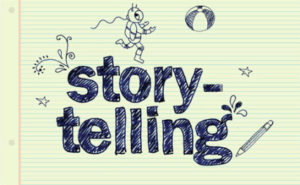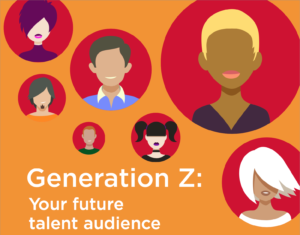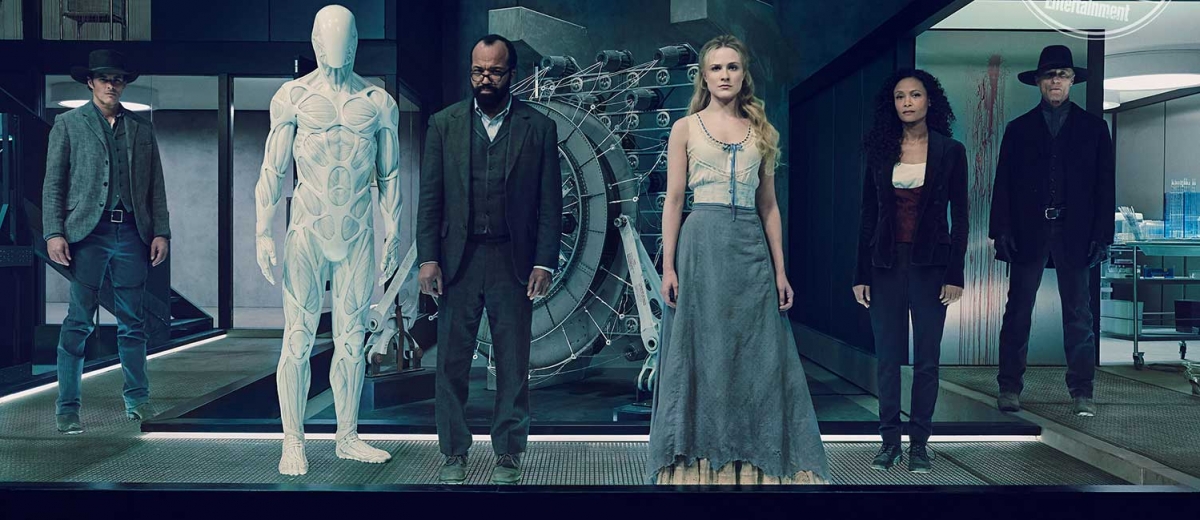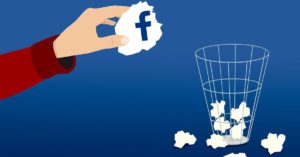Traditional advertising techniques are no longer effective. Branded content can no longer be about selling. The most recent Facebook algorithm change emphasizes the need for brands to focus less on their own message and more on what consumers are interested in. Consumers moved away from Facebook to YouTube where the content was more entertaining. As a result, Facebook began placing more emphasis on content that motivates users to engage…those posts that generate loves, shares and comments.
Content that has an emotional impact on consumers continues to drive higher rates of social sharing. For brands, there is a critical need to create an emotional connection with consumers or content will not be seen. This can be done through effective storytelling. Cinematic storytelling relies on a time tested framework to generate box office revenue. As advertisers looking to build an emotional connection with consumers, we should incorporate the storytelling principles used in movie making when creating marketing content.
Anyone can tell a story, but some are good and some are bad. So what makes a good story? Whether you are creating a 30-second commercial or a 2-hour movie, here are some common traits to get people invested in your content.
Character development
First, we have to start by developing our characters. There are three basic types of characters in a story.
- The Hero: While it is tempting for a company to want the brand or product to be the hero of the story, we have to remember that it is not about us. To tell them a story our customers will want to hear, the customer needs to be the hero.
- The Villain: It is important to include a nemesis to our hero as this adds drama to the story and helps our consumers relate to the challenges and obstacles that they face in their own lives. A villain tries to prevent the hero from solving a problem.
- Supporting Role: Secondary characters like the love interest, sidekick or mentor help facilitate the story. As a brand, we should look at our company or product as a supporting character that helps the hero to accomplish his/her goals and overcome obstacles.
As marketers, we can use our consumer insights to develop a story based on the character traits of our customers and prospective customers. This helps consumers identify with the story we are telling and therefore the brand or product that is facilitating the success of the story.
Plot Structure
There are three basic elements that need to be developed in any story structure. The hero has a problem and needs to find a solution. So, the story should introduce the conflict and the characters. Then comes the climax – the build up to the resolution. This is where the emotion comes in. Our customers need to get involved with the story. And finally, the resolution where all questions are answered and our hero is rewarded, achieves a goal or accomplishes an insurmountable task.
Storytelling
According to Christopher Booker, author of Seven Basic Plots, all stories can be defined by one of seven archetypal themes:
- Overcoming the Monster: This is your classic underdog tale where the hero seems unlikely to succeed. As a brand, we want to enable the hero as a sidekick or through the use of a secret weapon in this plot type.
- Rags to Riches: This is a Cinderella story line where the hero achieves success in the end. In this story, a brand would be positioned as a coach or mentor to help the hero reach their true potential.
- The Quest: This is a tale of adventure or inner journey for our hero. Brands or products would help the hero pursue their journey.
- Voyage and Return: Similar to the Quest plot type, these stories feature a hero in an unfamiliar world in which they struggle to return home. Like before, brands should use this plot to show how a product might assist in the journey.
- Comedy: This story type does not necessarily mean humorous. It may also include a pattern of confusion. Again, a brand can take on the role of a friend, coach or mentor to help unravel the puzzle of the conflict.
- Tragedy: This is the only plot line type that doesn’t have a happy ending. Brands can help in this situation too by offering emotional support at a time of loss.
- Rebirth: This is a story of redemption by showing the hero the consequences of his or her actions to make a personal change for the better. In this plot, a brand can help make the hero aware of their problem.
To be authentic, your story should be true to your brand’s core values regardless of the plot archetype that you select. MassMutual, an insurance company dedicated to protecting people, recently partnered with CNN’s Great Big Story to create branded content that resulted in strong emotional reactions from publishers and consumers. This series of two-minute docu-style videos featured stories of everyday heroes helping others. It wasn’t until the end of the video that any branding was included but the concept of these stories aligned with MassMutual’s values.
AdWeek has collected additional examples to help illustrate how brands have successfully executed each of these story types in marketing campaigns.
Following the principles of cinematic storytelling takes practice. But, using these principles when creating branded content can successfully develop an emotional connection with our customers.
Remember this…
”If it’s great, it spreads.” – Brian Clark, CEO of Rainmaker Digital
References:
Feldman, J. & Kavilanz, F. (2018, April 2). Why brands should care about emotion on social media. AdAge. Retrieved from http://adage.com/article/turner-ignite/brands-care-emotion-social-media/312881/
Kakutania, M. (2005, April 15). The plot thins, or are no stories new? The New York Times. Retrieved from https://www.nytimes.com/2005/04/15/books/the-plot-thins-or-are-no-stories-new.html
Kane, A. (2010). At quill’s point: Advice for aspiring writers. Retrieved from http://iml.jou.ufl.edu/projects/fall10/kane_amanda/character_types.htm
MassMutual. (2017, December 19). At the close of a turbulent year, MassMutual is surfacing stories of people who looked out for each other. Retrieved from https://www.massmutual.com/about-us/news-and-press-releases/press-releases/2017/12/19/21/17/at-the-close-of-a-turbulent-year-massmutual-is-surfacing-stories
Nudd, T. (2012, October 3). 7 types of stories: Which one is your brand telling? AdWeek. Retrieved from http://www.adweek.com/brand-marketing/7-basic-types-stories-which-one-your-brand-telling-144164/
Schuetz, M. & Frier, S. (2018, April 11). Facebook loses ground to Google with users spending more time on YouTube. Bloomberg. Retrieved from https://www.bloomberg.com/news/articles/2018-04-11/facebook-loses-ground-as-people-spend-more-time-on-google-sites
Walker, T. (2011, October 31). The 7 story archetypes, and how they can dramatically improve your marketing. Social Media Today. Retrieved from https://www.socialmediatoday.com/content/7-story-archetypes-and-how-they-can-dramatically-improve-your-marketing
Walker, T. (2013, January 31). The Art of Story Telling & Social Media Marketing [Video file]. Retrieved from https://youtu.be/Vo0dY4WRv_o












